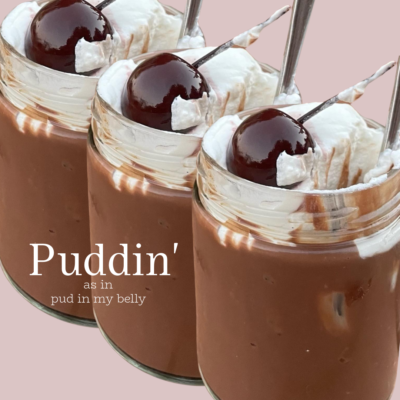For the love of cherries
On July 13, 2024 by Christy LarsenThomas Lux and his words of encouragement

Something about me…
because really, we who write these things, this words, these blog posts
no matter humility
are longing to share
So
Something about me
I can be very polite; my manners scream of finishing school. When I employ them
I can also be very sharp; my manners scream of an animal caged without water or light
I can be somewhere in between; delightful and distasteful in the same paragraph
My mother used to call me “the girl with the curl”
it was a poem reserved for me and all other little girls with a temper
All this has nothing to do with Thomas Lux except that it perhaps will serve to explain what happened next
For no reason other than because, I found myself with my nose a bit out of joint. It could have been the chest puffery or the perhaps the cigar puffery
there was puffery
Or it could have been the suggestion that the men gather at the bar and the wives find their way to the parlor
I think it might have been the filter of “I have more than you–which makes me better than you” through which he seems to see the world
that set me off
I managed through the use of my love for words and my appetite for words around food, to out snob the snob. Thomas Lux came to my rescue as I turned my nose at the cherries presented with the over fussy (and frankly not so enchanting) cocktail.

The Passion
On July 7, 2024 by Christy LarsenWhen I served this small sip at my Easter gathering this year, I gave it a cheeky name. It was clever, but wholly inappropriate and not for public airing. I’m serving in small coupes which are perfect for a delicate sip, but as this is delicious and refreshing, I wouldn’t blame you if you took a straw to the shaker and called it a night.
The Passion
Fill a shaker with ice. Pour in 2 ounces of vodka (i’m partial to Chopin) and 2 ounces of Chinola (passionfruit liqueur). Add a sprig of fresh thyme and a squeeze of lemon (approx teaspoonful). Put the top on securely and shake it until your arms are toned and your hands are frozen.
Strain an equal amount into 3 small coupes and top each with a generous swig of Fresca. Grab a jar of amarena cherries and tip a drop or two of the juice and a skewered cherry into each glass. If you’ve a patch of edible flowers, they make a beautiful (but not necessary) addition.

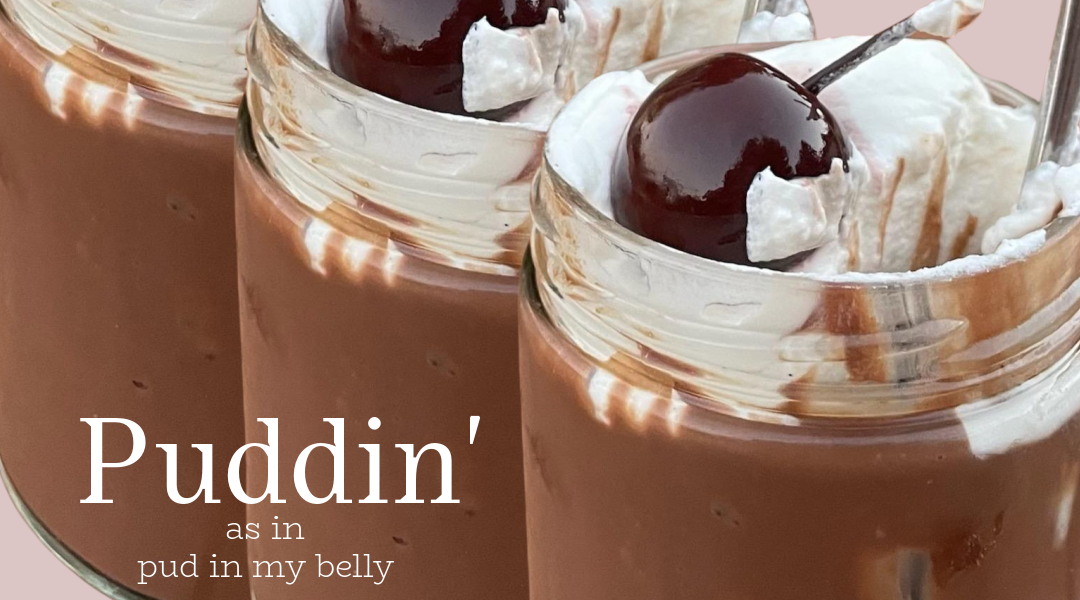
Chocolate Pastry Cream
On February 16, 2024 by Christy Larsenaka puddin’
I came a little late to the pudding game. If you have been following along for any amount of time, you know that I grew up in a only homemade, no convenience food home. Pudding stayed in its box, on the shelf of the grocery store. And…to be honest…whenever I had it a friend’s house, I kinda didn’t see the allure. Don’t even get me started on banana pudding–talk about gaslighting.
I knew pastry cream, because my mom would make it to put in her eclairs, but it took me a while to realize that pastry cream and pudding are basically the same. Except pastry cream uses whole milk enriched with egg yolks and butter, rather than only relying on cornstarch to thicken.
This recipe is very easy and will have you whipping up puddin’ on the daily. It is basically breakfast food
try and convince me otherwise
I enjoy it topped with gently whipped {unsweetened} cream or creme fraiche and a brandied or Amarena cherry for further indulgence
Ingredients
3 cups full-fat milk
3 duck egg yolks, or 5 large chicken egg yolks
1/2 cup granulated sugar
1/4 cup cornstarch
1/2 tsp kosher salt
1 tsp vanilla extract
7 oz bittersweet chocolate chips or chopped bar (63-70%)
1 oz unsalted butter at room temperature
Directions
- Whisk the egg yolks, cornstarch, and salt in a bowl until they are well incorporated
- Heat the milk with the sugar over low heat until it comes to a simmer
- Meanwhile place the chocolate, butter and vanilla in a separate bowl
- When the milk has simmered, use it to temper the eggs. This is done by slowly whisking the milk into the egg mixture to slowly warm the eggs.
- Turn the milk and egg mixture back into the saucepan and heat on low, while continually whisking, as it thickens quite a bit. Once you start to see bubbles forming, remove it from the heat
- Pour hot custard into sieve that is held over the bowl of chocolate/butter/vanilla and allow to fall over and melt the chocolate and butter. Discard any clumps of egg white remaining in the bowl of the sieve. Wait a few minutes, then whisk until butter, vanilla and chocolate are fully melted and incorporated.
- Enjoy warm with a bit of cold cream, or place bowl over a larger bowl of ice water and stir to bring temperature down to room temperature. Place a bit of plastic wrap directly on top to keep a skin from forming. If you like the skin, skip that part. Place in the refrigerator for several hours or overnight to chill completely.
- Serve cold with gobs of cream; cultured or whipped

February 14th Yay or Nay?
On February 8, 2024 by Christy LarsenSo tell, me. Are we fans of Valentines, Galentines, Palentines Day?
I kind of am; in the way that it is hard for me to say yuck to pink and red and conversation hearts AND giant boxes of chocolates AND flowers AND testimonies of love.
I’m also kinda not. In the way that I don’t want anyone to feel obligated to spend money or insist there is a right way to spend the 14th of February
In this house, we celebrate with lunch. Sometimes it is a picnic, sometimes it is a restaurant, sometimes it is kraft mac n’ cheese while watching Newhart on DVD. Mike and I swap planning from year to year. Sometimes, we shift it to another day if something comes up or the restaurants get savvy to the tradition and only offer a special Valentine’s Day prix fix meal.
This year, I will be out of town on the 14th. Also, it lands on a day I observe a fasting tradition, so I planned Saturday lunch at a great little fish house in a nearby town. We make a little effort for Valentine’s. Even though we show our love for each other every day, we don’t show it like this. Sometimes, it is nice to shake off the norm and proclaim a day of love designed around commercialism instead of deep and abiding tolerance (she says with tongue firmly planted inside cheek).
If you feel like doing something a little extra for yourself or yourself and someone else, might I suggest a few of these fun and delicious treats?
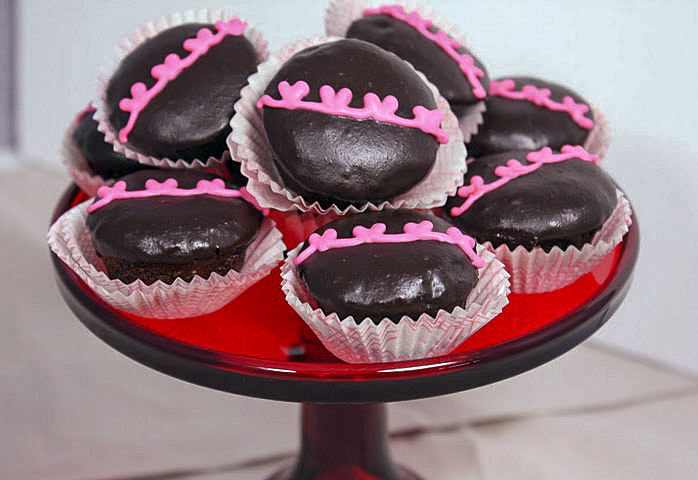
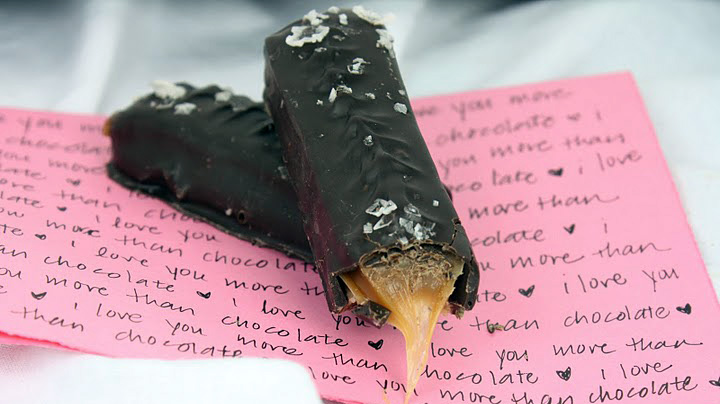
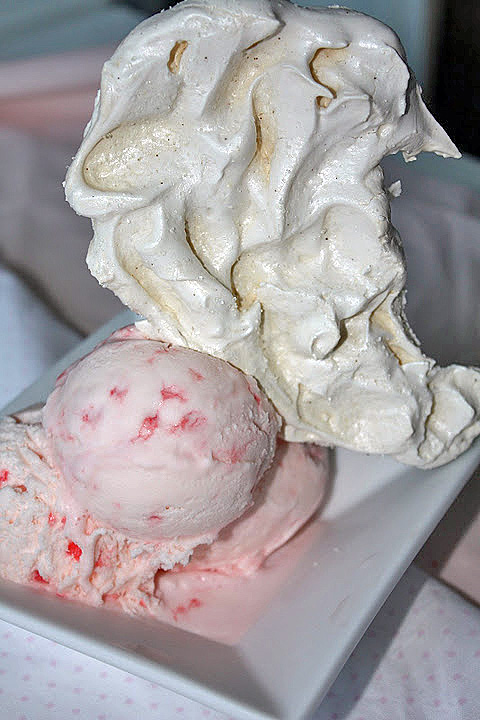

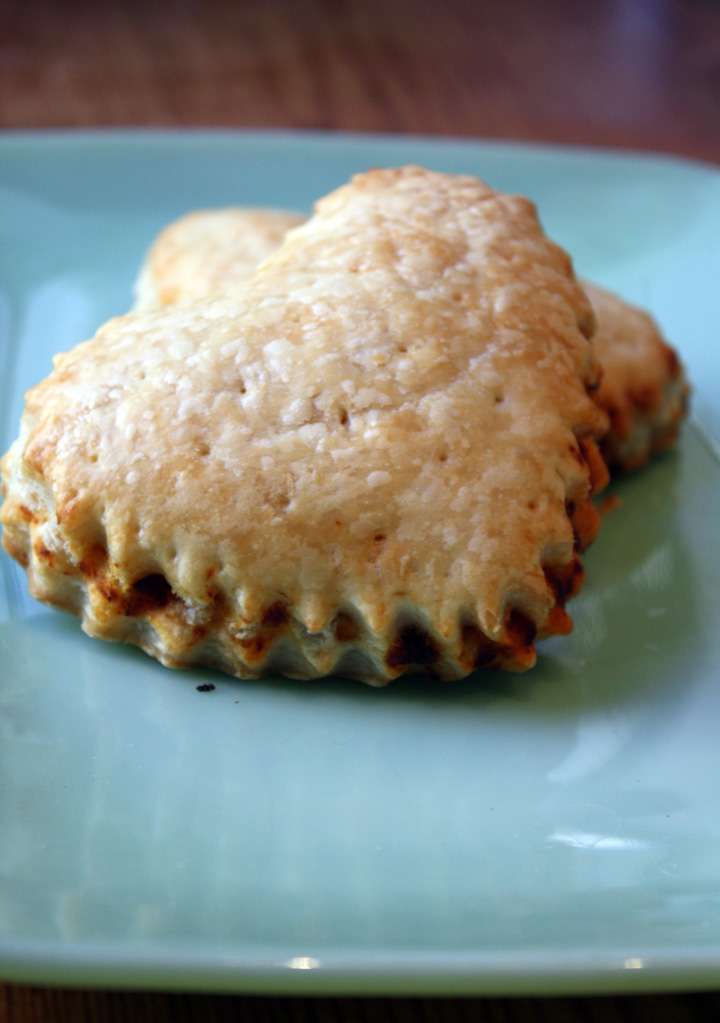
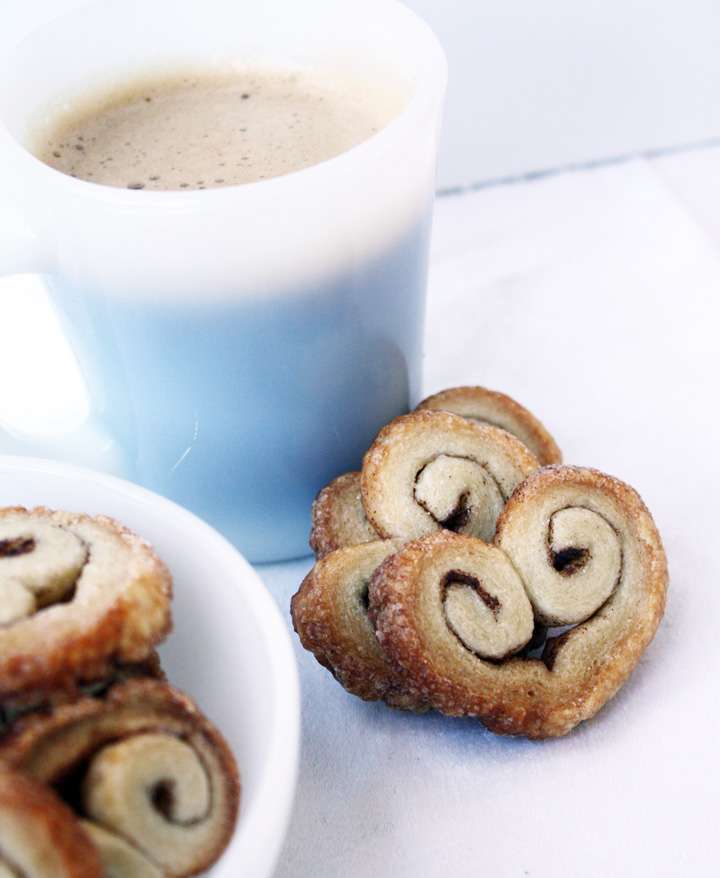
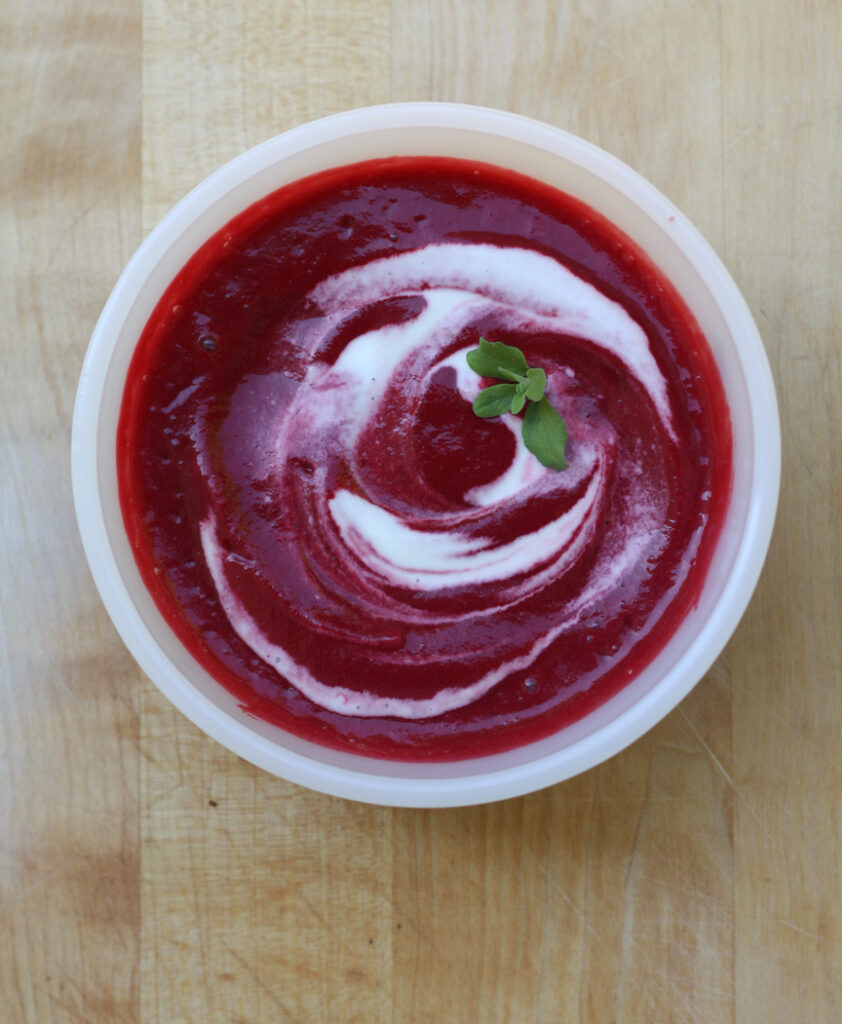

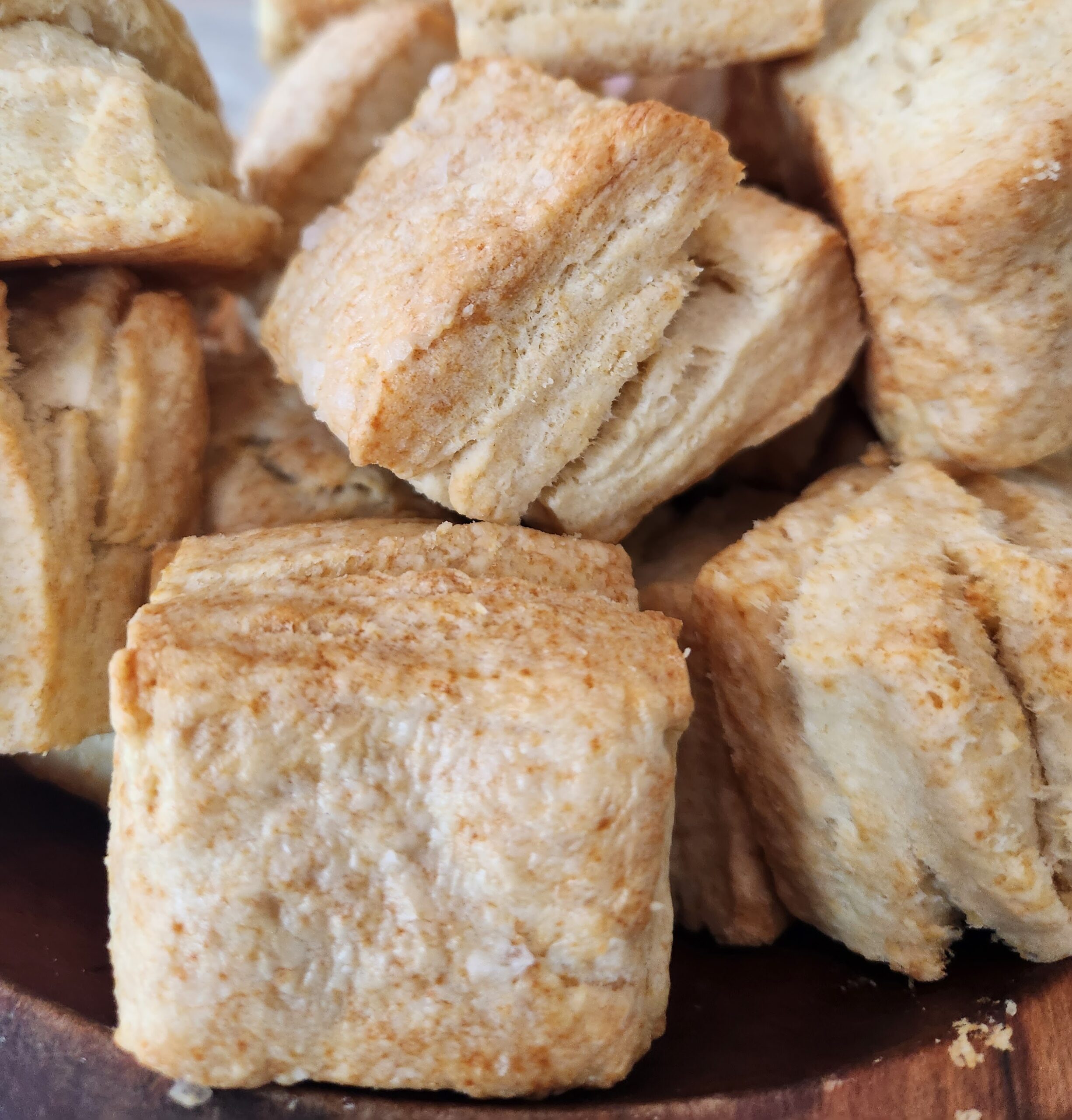
Sour Cream Biscuits
On January 2, 2024 by Christy LarsenMake a surprise visit to my place (how dare you).
Seriously, don’t.
I hate the pop-in and chances are I won’t answer the door.
You wouldn’t.
I live too far out and the idea that you would be anywhere near my place, willing to shell out the gas money, scale the fencing, make it up the drive in your fancy “city” car then get past the livestock and their guardians, is pretty much zero.
But let’s pretend that you mentioned to my husband that you were going to be in town, and he forgot to tell me. Then (and only then) I do take smug satisfaction in knowing that with a quick rummage through my pantry and a few bits from the fridge, I can put together a modest but delicious spread.
Here is the thing. I have learned over the years that having staples on hand is important, but not as important as knowing how to use them. A simple biscuit recipe can go a long way in the entertainment canon. I used this one twice in the past two days; first as breakfast with butter and jam then as a way to sop up spicy gumbo. Sometimes I add a little sugar, occasionally a heap of parmesan. The mainstay is good butter and confidence
Sour Cream Biscuits
makes 9 large or 12 modest squares
2 cups all-purpose flour
4 tsp baking powder
3/4 tsp kosher salt
1/2 tsp baking soda
6 Tbs unsalted butter cold and cut into small pieces
3/4+ cup heavy cream
1/4 cup sour cream
-Flaky sea salt to accent the top
Place the dry ingredients in a bowl. Quickly mix together to evenly distribute. Use your fingers to rub the butter into the flour (or use a pastry knife to cut it in). The goal is to have some chunks the size of garbanzos, others like a BB, and everything in between. Don’t go crazy, this should all happen quite quickly. Add the cream/sour cream and mix so that it just comes together. You may need to add more cream but don’t make a wet dough. Turn it out onto a very lightly floured surface; gently pat into the shape of a square.
Using a rolling pin, roll out to about 1/4″ thick. Fold the dough in thirds (like a letter), give it a quarter turn, roll, and fold again. Give another quarter turn, fold. Roll out into a 9-inch square (about 1/2″ thick) and cut evenly into 9 pieces.
Adequately space on a lined cookie sheet. Brush with cream and with a light hand, dust with flaky sea salt (such as Maldon). Bake at 375F until slightly past golden. Check the bottom to make sure they have color. Let cool fully or just warm. Best eaten the same day. A better idea is to, make a few batches to keep in the freezer and bake off as needed.
For a sweet version, add a few tablespoons of sugar and omit the dusting of salt–serve with creme fraiche, strawberries, brown sugar, and a touch of balsamic for an impressive afternoon tea.
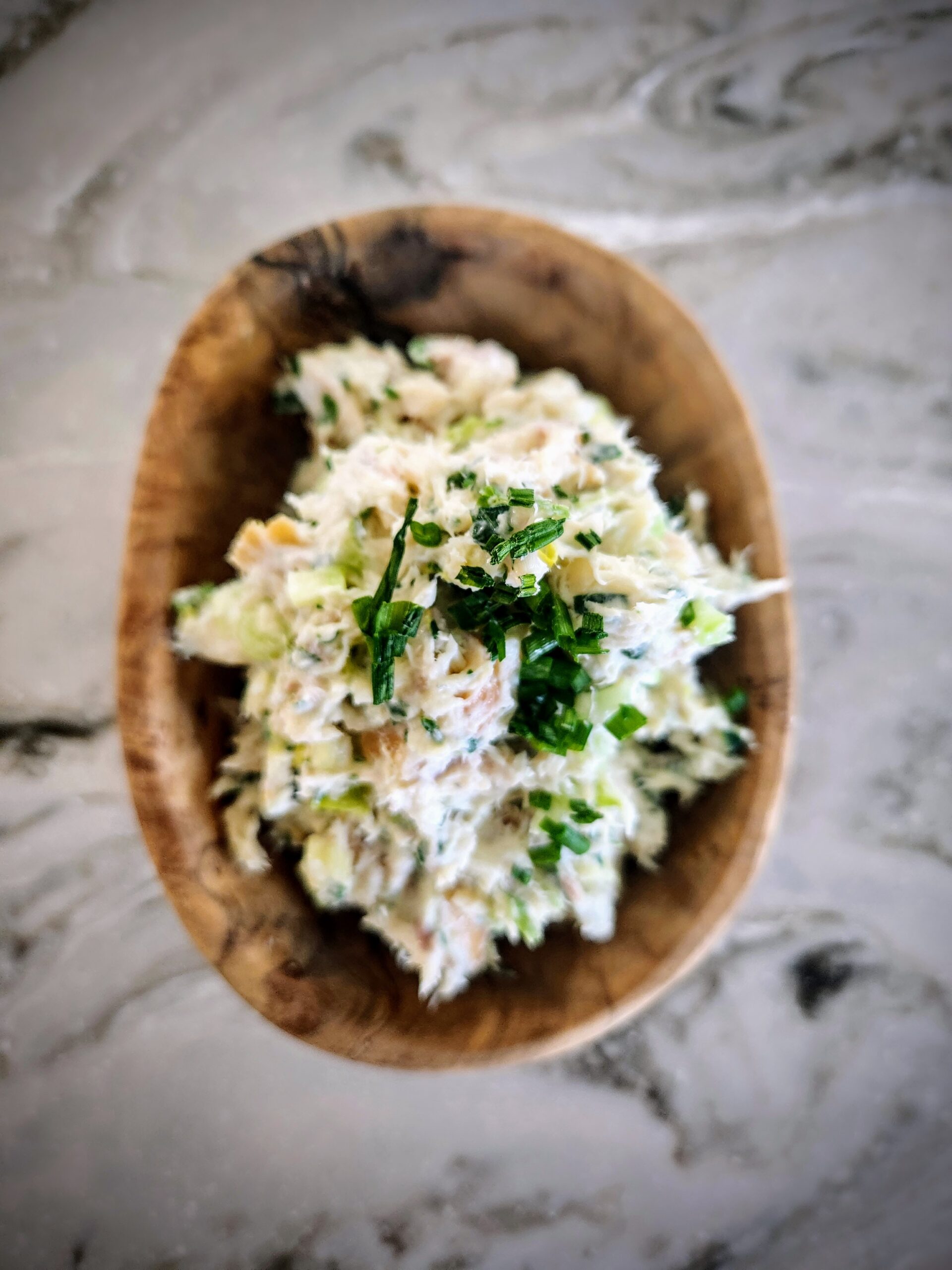
Smoked Trout Dip
On November 7, 2023 by Christy LarsenOne evening this summer Mike and I found ourselves in a fancy hotel bar hungry and slightly bent on strong cocktails. We had hit the bar too early for supper and too late for lunch. The bartender offered to wrangle up some smoked swordfish dip from the restaurant next door. Hazy and hungry we thought it a capital idea.
One year, well before the millennium, I spent some months working and living in a beach community in North Carolina. It seemed every restaurant had an award winning crab dip recipe they were eager to highlight. I fell for it every time but never was all that impressed. With that in the back of my mind, I was pretty sure, the fancy bar swordfish dip was going to be more of the same heavy on the mayo, scorched under the grill, molten cheese fonduta. Not complaining, but low expectations.
I was wrong. Dead wrong. It was delicious and haven’t stopped thinking about it yet. Fast forward a few months and I was presented with a similar made with smoked trout. Light on the mayo, served chilled with salty crackers it rang a bit different than the swordfish, but just as delicious. At the New Year I thought it time to crack on with coming up with my own version of a smoked fish dip.
What I like about this dip is that it isn’t “dippy”. The fish is the star of the show and keeping it in larger chunks with a light hand on the “dressing” keeps this on the lighter (and dare I say) healthier side. Measurements are approximate. Guide yourself on your personal taste…and in order to do that, you need to taste as you go. Be warned, smoked fish can be very salty…keep that in mind as you add ingredients that may also be salty. The creme fraiche in this recipe will help tame the brine, but if you taste as you go you can help mitigate having to play the balance game.
If you use a tinned fish packed in oil, draw off as much of the oil as possible, but don’t worry about blotting the fish. Some oil is fine and will add a nice touch to your dip. If you are using refrigerated fish, make sure, when you pick it, that you discard any of the pin bones and skin.
Smoked Trout Dip
8 oz smoked trout–picked through and left in nice-sized pieces
1/4 cup celery–minced
1/4 cup green onions (white and light green parts)–minced
1/8 cup finely chopped parsley
2 Tbs chopped chives
zest from 1/2 lemon
For Dressing
2 Tbs prepared horseradish
1/4 cup mayo
1/4 cup creme fraiche
2 Tbs pickle juice
1/2 tsp garlic powder
1/2 tsp onion powder
1/4 tsp paprika
1/4 tsp white pepper
3-4 shakes green tabasco (more to serve)
Pick through the trout discarding skin and any pin bones you may find. Drop into a bowl. Add the celery, green onion, parsley, chives, and lemon zest. Lightly stir to not “mush” up the fish. In another bowl, whisk the horseradish, mayo, creme fraiche, pickle juice, garlic powder, onion powder, paprika, and white pepper. Taste. Add a couple of shakes of the green Tabasco. Taste and adjust. Being prudent, add to the fish in increments. You only want enough dressing to coat the ingredients well, not drench them. If you have dressing left, it makes a nice sandwich spread (more on that in a minute).
Pop in the refrigerator for the flavors to meld and chill. Best eaten on the day it is made and tastes delicious on simple saltine crackers. Serve with (green) Tabasco.
Will last another day or two in the refrigerator.
If you like a hot melty sandwich, any leftovers of this will do right by you. Use any leftover dressing as a sandwich spread. If you don’t have any left, a good dollop of mayo will do. Pile with trout dip, top with a nice melty cheese like Gruyere, pop it in the oven until it is hot, the bread is crispy, and the cheese is just threatening to roll off the mound. Sling a few shakes of the Tabasco and thank me later.
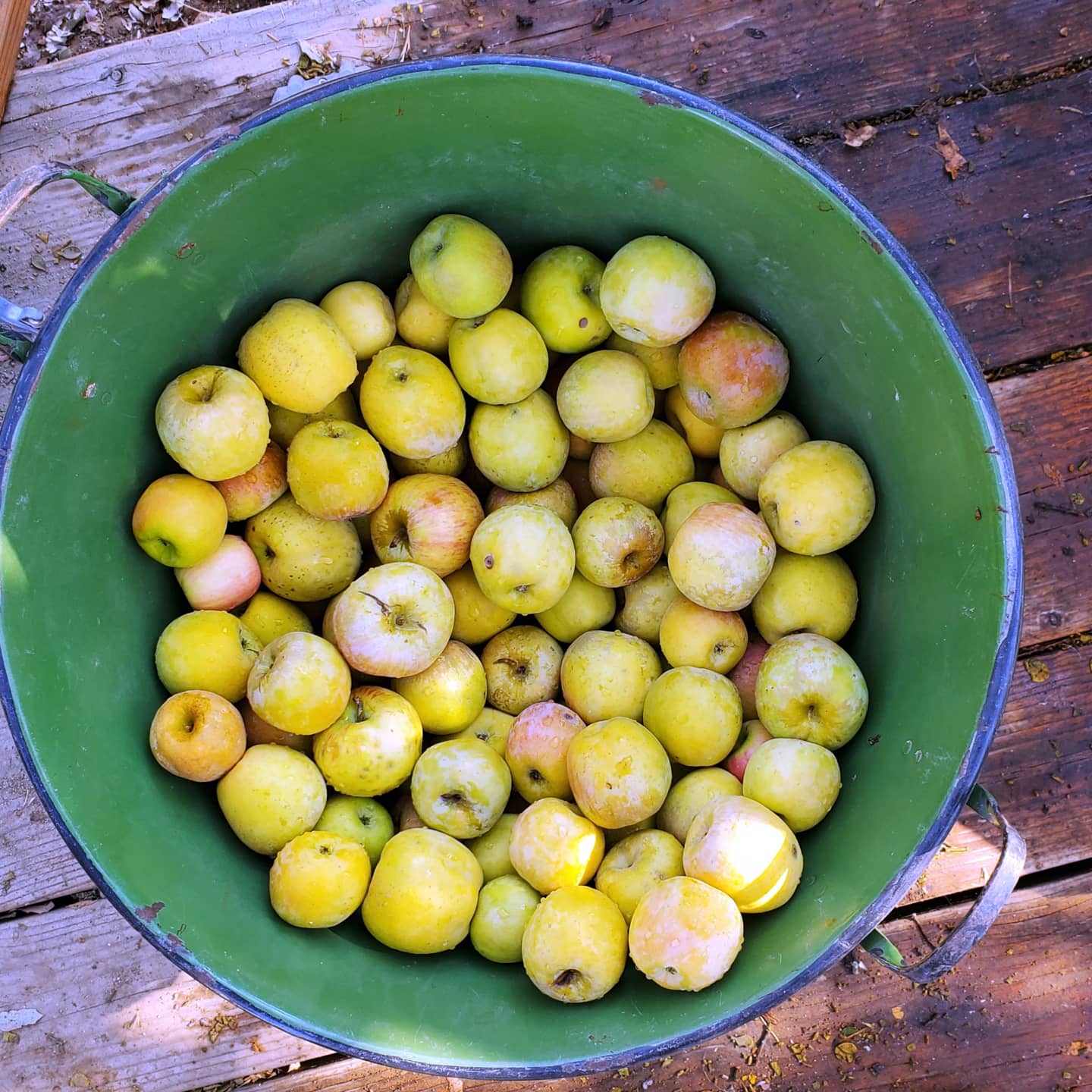
Pressing Cider
On October 13, 2023 by Christy LarsenThe small suburb of Los Angeles where I spent my youth was a bedroom community with nice plots and manicured front lawns. Children were everywhere and we all seemed to be just about the same age. Most everyone was a transplant from the East or Midwest, so to stave off suburban boredom, our moms would conspire; making plans for treks to the beach, the mountains, the desert, museums, theme parks, and everything in between. A favorite place which was annual event (including the time I had a terrible toothache and was being melodramatic in the back of the station wagon) was what we called Apple Country. It has been over 30 years, but I’ve been chasing the memories ever since.
I am someone who cannot resist (and why should I?) a long country road, a farmstand, or a run-down shack with a hand-lettered sign selling ANYTHING. If it is open, I’m stopping; apple farms included. Freshly pressed cider and warm donuts made with it is a fall treat that everyone should be so lucky to come upon.
We are not an apple farm. We grow apples, but none more than to press for our use and to make the odd batch of donuts or two. Sometimes our neighbors will off load a few tons of fallen fruit for us to feed our pigs; and truth be told we skim off the mildly bruised and press those into juice as well. We have our own small press and it is a handcrafted machine that I, with just a few hours of bending, twisting, and turning, can turn a dozen pecks of apples into gallons of cider. We pull it out Mid-October, and return it to storage by Thanksgiving.
While the act of pressing cider isn’t quite as magical as an outing with neighbors eating apple pie, donuts, ice cream, butter, and cider made by someone else’s hand without any concern of calories or affect, it brings me joy. Through the course of fall, I will make all of the things and I will eat all of the same; just not in one sitting.
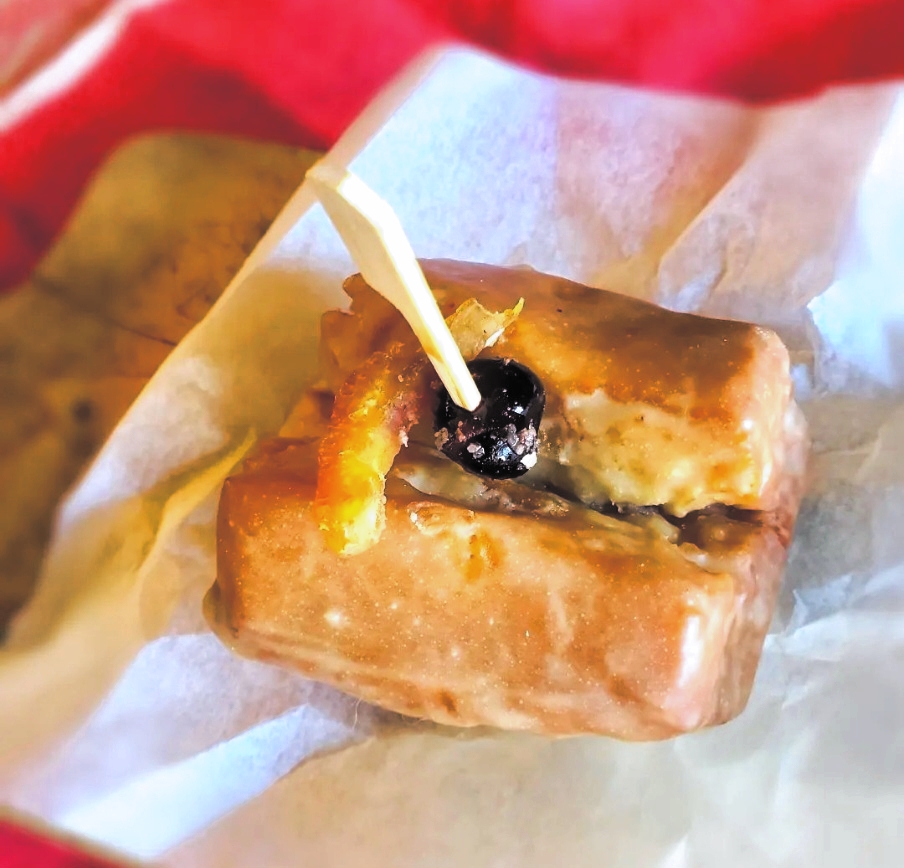
Old-Fashion, Old-Fashion
On October 11, 2023 by Christy LarsenWhere a rye old-fashioned donut meets the classic cocktail
Listen, I am a donut person. As a self-proclaimed donut person, I can, with much authority, tell you that not all donuts are equal. You can line a path with warm raised, and I could easily crawl through, nose to the ground, without even stopping for a sniff. Switch them out with buttermilk bars, glazed old-fashioneds, even a jimmie-covered cake, and I’ll have crumbs in my hair within minutes.
#noregrets
The old-fashion cocktail has been having its moment lately, and its flavor profile quite nicely translates to the sweet side. Use a nice rye and fancy cherries to up the snob factor.
Old Fashion Donut
1/2 cup pumpernickel rye flour–toasted
2 3/4 tsp baking powder
1/4 tsp baking soda
1 1/2 tsp kosher salt
3/4 tsp ground nutmeg
4 Tbs unsalted butter-melted
1/2 cup packed dark brown sugar
1/2 cup granulated sugar
2 Tbs rye syrup (see note)
1 large egg
3 large egg yolks
3/4 cup buttermilk
Mix the dry ingredients: flour, baking powder, baking soda, salt, nutmeg and set aside. In a stand mixer, using the paddle attachment, beat the butter and sugars until fully incorporated but not yet fluffy. Beat in the egg, egg yolks, and rye syrup and mix until they lighten. Add the flour and buttermilk alternately, beginning and ending with the flour. Scrape from the bowl onto a lightly floured workspace. Form into a square, wrap in plastic, and place in the refrigerator to rest for at least 1 hour or as long as overnight.
When ready to make the donuts, remove the dough from the refrigerator onto a lightly floured surface. Dust the top with flour and roll out to 3/4″. Cut into bars. Using the back of a knife or a bench scraper, make a deep line down the length of the bar, careful not to cut all the way through. Place back into the refrigerator until ready to fry.
Place enough oil in a heavy pan to at least 2″. Heat oil to 325F. Remove the dough from the refrigerator and fry in small batches, remembering that the cold dough will reduce the oil heat. Let the oil come back to temperature between batches. Fry for about 2-3 minutes on each side. The internal temperature of the donut should be 185-190F. Place on a cooling rack. Dip in the old-fashioned glaze.
Once the glaze is hardened, decorate with amarena or luxardo cherry and candied orange piece.
Rye Syrup
1 cup rye
1/4 cup (or so) candied orange peel
2 Tbs lemon-lime soda (optional)
Pour the rye and soda into a saucepan and add the candied orange peel. Heat over low heat for a minute, turn off the burner, and light the liquid on fire. Let the flame go out naturally. Remove the orange peel and place it in a dish of granulated sugar. Coat and use to decorate completed donuts. Use in donut dough and glaze.
Old Fashion Glaze
3 cups powdered sugar
1 Tbs tsp agar agar*
3 shakes of Angostura bitters
few drops of Fiori di Sicilia or a bit of orange zest
rye syrup
Place the powdered sugar and agar agar (if using) into a bowl. Add the Angostura bitters and the flavoring (and/or zest) and mix well. Add enough rye syrup to make a glaze slightly thinner than heavy cream.
*I use agar agar for my powdered sugar glazes as it hastens the hardening of the glaze. It can be an allergen, so use it with caution.
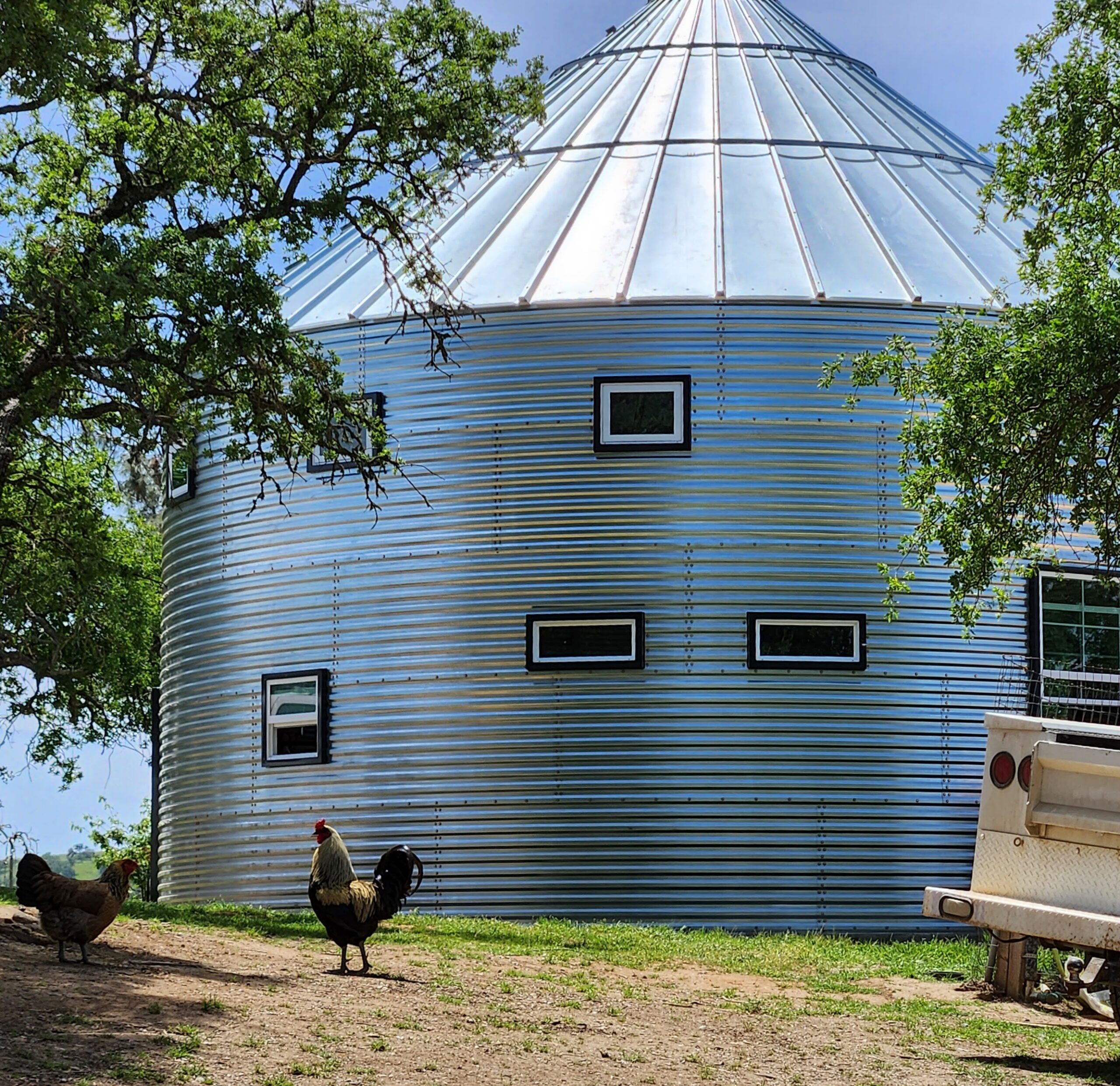
My Summer Kitchen
On September 12, 2023 by Christy Larsenturning our orchard silo into a creative space
I’ve long been obsessed with the idea of having a summer kitchen a place for baking, preserving, canning, and communing. Our ranch home is very small, and the kitchen is packed to the gills with ingredients and appliances. Counters and shelves are lined with fermenting crocks, pickling jars, stacked wooden bowls, and herb bundles randomly hanging from every available space. However, instead of witchy or charming, it comes off as untidy and cluttered. Instead of doing a full kitchen remodel, we’ve found the solution in a summer kitchen
In about 5 months’ time, this iconic farm staple will house a full kitchen and be my sanctuary on this beautiful property I call home.
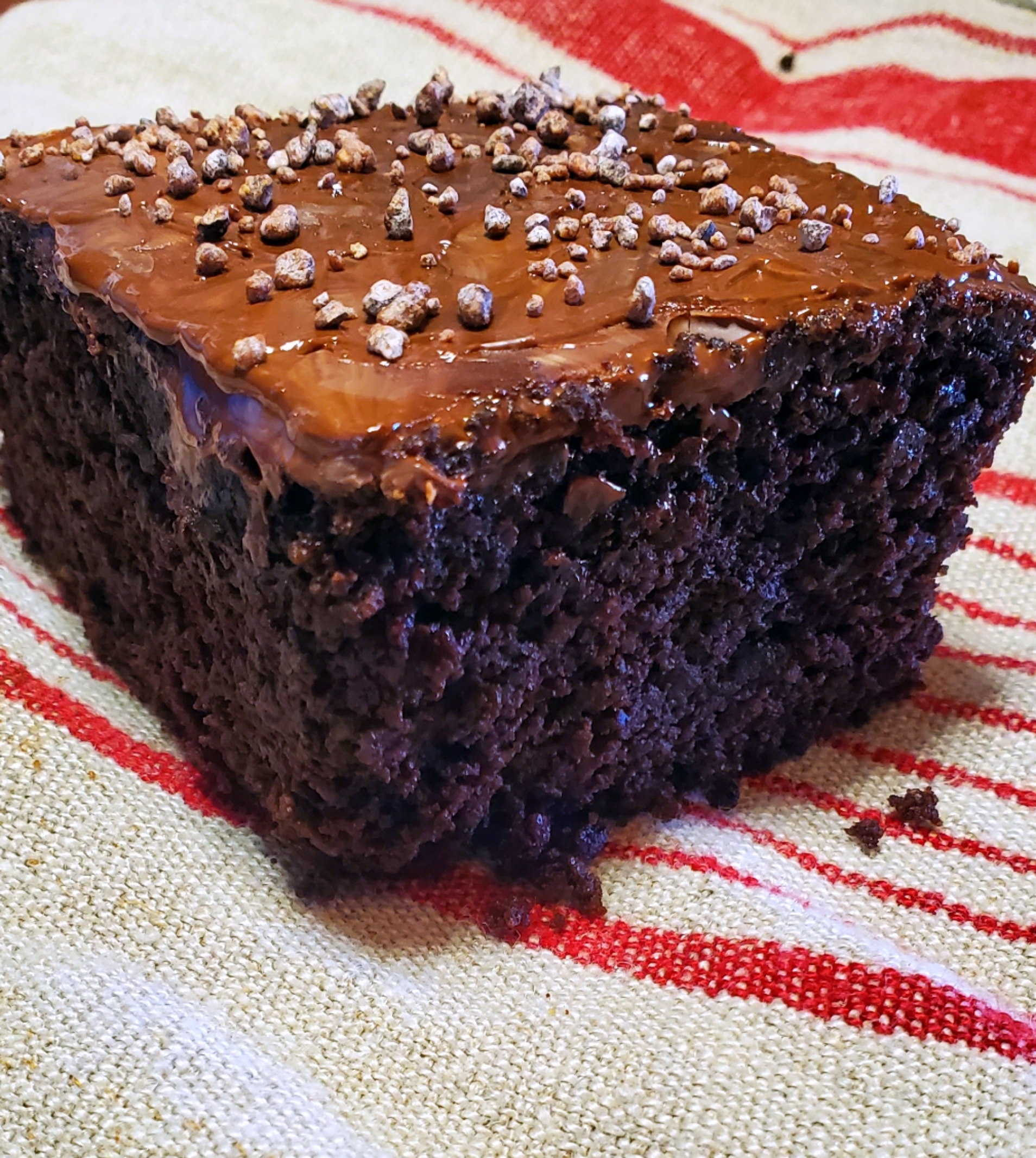
Pumpernickel-Rye Chocolate Snacking Cake
On April 3, 2022 by Christy LarsenI shouldn’t be snacking on cake. I should be snacking on 5 almonds and maybe {on my birthday} an apple with a piece of cheese. Cake? Not so much. But I am, and you can too!
As a baker and someone who loves to experiment with food, I have a lot of different types of flour in my pantry. That’s the good news. The challenging part is that flour does go bad; and the less processed, the quicker that happens. I find myself with quite a bit and varying types of rye flour right now. It makes great bread, and as it turns out, it adds incredible depth to other baked goods.
I found a simple recipe on the NY Times website by Melissa Clark for a chocolate cake with a citrus glaze. I grabbed the recipe and made very slight changes to it. I swapped the flour, exchanged full-fat yogurt for sour cream, and ignored the part where it said to use a flavorless oil…I only have lard and olive oil in my kitchen, so I used olive oil that is slightly forte. I also omitted the vanilla…mostly because I forgot, but I really didn’t miss it. Let’s make it optional.
I also changed up the icing; which I regret a wee bit. This cake would definitely shine with a bit of citrus. It would also shine with a simple dusting of powdered sugar, or a dollop of unsweetened whipped cream. Right now, as I enjoy my second slice of the day, I’m thinking a swipe of orange marmalade would be an amazing co-star. You can get nine generous {12 reasonable} slices out of this 9×9 cake, so try all adornments–ooh–what about sour cream with a bit of brown sugar stirred in and some sliced strawberries in a decidedly grown up “shortcake”.
Make this, then tell me all about it
Pumpernickel-Rye Chocolate Cake
Prepare a 9×9 cake pan by spraying with pan spray, lining with parchment, and spraying again. Set aside and preheat your oven to 350F.
1/3 cup olive oil
2 oz bittersweet (63% or higher) chocolate; chopped
6 oz hot strong coffee
2 large eggs
1 tsp vanilla (optional)
1/3 cup plain (full fat) greek yogurt
3/4 cup pumpernickel-rye flour; toasted
1/2 cup cocoa powder
heaping 1/4 tsp table salt
1/4 tsp baking powder
1/2 tsp baking soda
Pour the hot coffee over the bittersweet chocolate and stir until melted. If chocolate does not melt completely, pop into the microwave to heat it up a bit more. Pour into a mixing bowl and whisk until completely amalgamated. Let cool slightly (can still be warm, but not hot) and whisk in oil, eggs, yogurt, and vanilla if using.
*toast the flour. Place flour into a dry skillet over med-low heat. Stir continually, careful not to burn until it is slightly toasted. Do not let it brown, let it just start to turn color. Remove from heat and whisk in the cocoa powder, salt, baking powder, and baking soda.
Whisk the dry ingredients into the wet ingredients until smooth. Pour into prepared pan and bake in preheated oven for 25-35 minutes.
For chocolate bar topping:
Sprinkle milk, bittersweet, or a combination of the two chips over the top once removed from the oven. You can also just lay chocolate bars over the top and allow them to melt on top of the cake. Allow to melt, then simply spread until cake is covered. Sprinkle with caramelized cocoa nibs or sprinkles, or nothing. Let cool and enjoy
more nice ways to adorn:
-Sifted Powdered Sugar
-Sifted Cocoa Powder
-Sifted Spice Collection of powdered sugar, cinnamon, cardamom, & ginger
-Marmalade
-Ganache
-Soak in Tia Maria, Baileys, Kamora, or Amarula
-Let cool and serve along side macerated or roasted strawberries
-Whipped Cream
-Ice Cream
–on and on and on…


